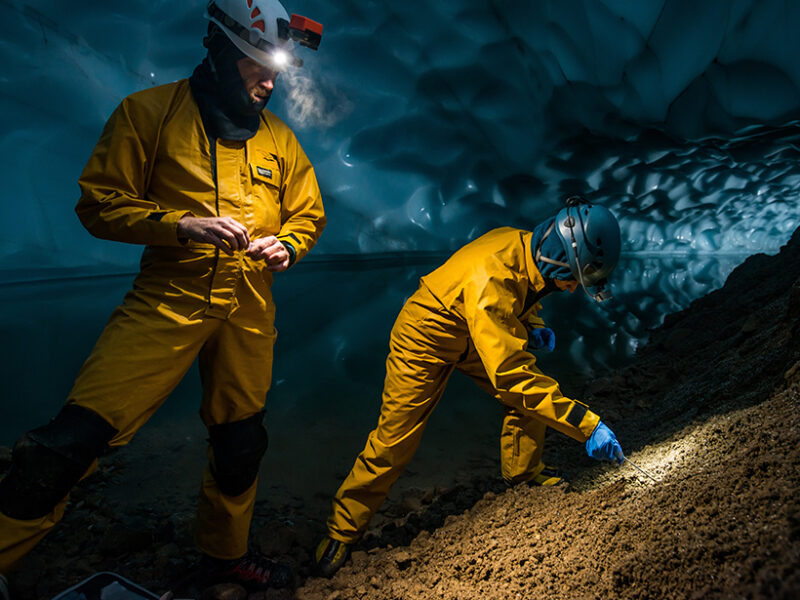A New Course from Nick Chidlaw
Nick writes:-
Those studying geology, either formally or informally, sooner or later are likely to come across published geological maps and these, although often visually impressive with their variety of colours and complexity of drawn lines, can be daunting to interpret. This proposed course focuses on a number of key geological structural settings, familiarising attendees with these, and so enabling them to recognise similar settings on geological maps they may come across in the future; the course equally shows attendees how to elucidate from the maps the succession of processes that affected the rocks in these structural settings, thereby outlining their geological history.
The course would be suitable for those with a basic overall geological knowledge; those with greater knowledge would also be welcome to attend. Attendance on the course should provide those present with confidence in successfully interpreting parts of many geological maps in the future, and so broaden their understanding of this key form of geological data communication.
Venue for the course
The Chantry, Thornbury, in South Gloucestershire. This is an excellent venue I have used for a number of indoor courses before.
Proposed dates
Saturday 3rd and Sunday 4th March 2018
Tuition fee per person
£45.00 per person
Payment of tuition fee
Cheque payable to me sent to: 8, Silver Street, Dursley, Glos. GL11 4ND. Bank Trans can also be arranged – let me know if you wish to do this.
Number of course attendees for viability
Minimum of 10 enrolments or fee equivalent. Maximum of 20.
Fees Deadline for viability
Minimum of 10 enrolments to be received by:
Thursday 1st February
Should the minimum of enrolments not be reached, the course will be cancelled and fees received will be returned shortly afterwards to those who have sent them in. If the minimum of fees is received, those who have enrolled will be notified that the course is to run; enrolments will be able to continue up to 2 weeks before the course runs, i.e. up to Saturday 17th February.
Accommodation
If the course becomes viable, I will advise attendees who are travelling beyond commuting distance of sources of information for them to book accommodation suitable for their own preferences and budget.
Many thanks for your attention to this proposal.
If you have any queries, do let me know.
Hope to hear from you soon.
The course would be suitable for those with a basic overall geological knowledge; those with greater knowledge would also be welcome to attend. Attendance on the course should provide those present with confidence in successfully interpreting parts of many geological maps in the future, and so broaden their understanding of this key form of geological data communication.
Venue for the course
The Chantry, Thornbury, in South Gloucestershire. This is an excellent venue I have used for a number of indoor courses before.
Proposed dates
Saturday 3rd and Sunday 4th March 2018
Tuition fee per person
£45.00 per person
Payment of tuition fee
Cheque payable to me sent to: 8, Silver Street, Dursley, Glos. GL11 4ND. Bank Trans can also be arranged – let me know if you wish to do this.
Number of course attendees for viability
Minimum of 10 enrolments or fee equivalent. Maximum of 20.
Fees Deadline for viability
Minimum of 10 enrolments to be received by:
Thursday 1st February
Should the minimum of enrolments not be reached, the course will be cancelled and fees received will be returned shortly afterwards to those who have sent them in. If the minimum of fees is received, those who have enrolled will be notified that the course is to run; enrolments will be able to continue up to 2 weeks before the course runs, i.e. up to Saturday 17th February.
Accommodation
If the course becomes viable, I will advise attendees who are travelling beyond commuting distance of sources of information for them to book accommodation suitable for their own preferences and budget.
Many thanks for your attention to this proposal.
If you have any queries, do let me know.
Hope to hear from you soon.














